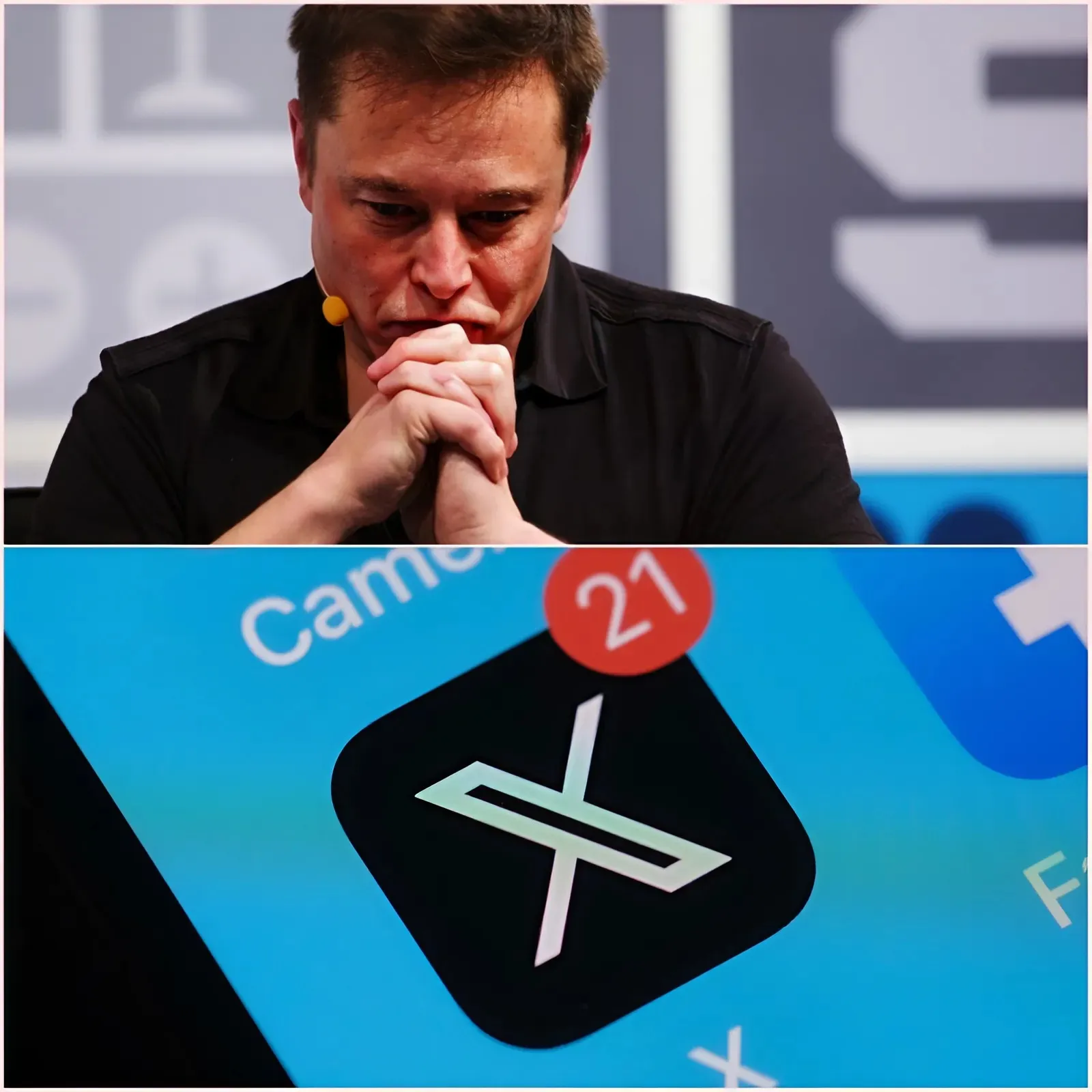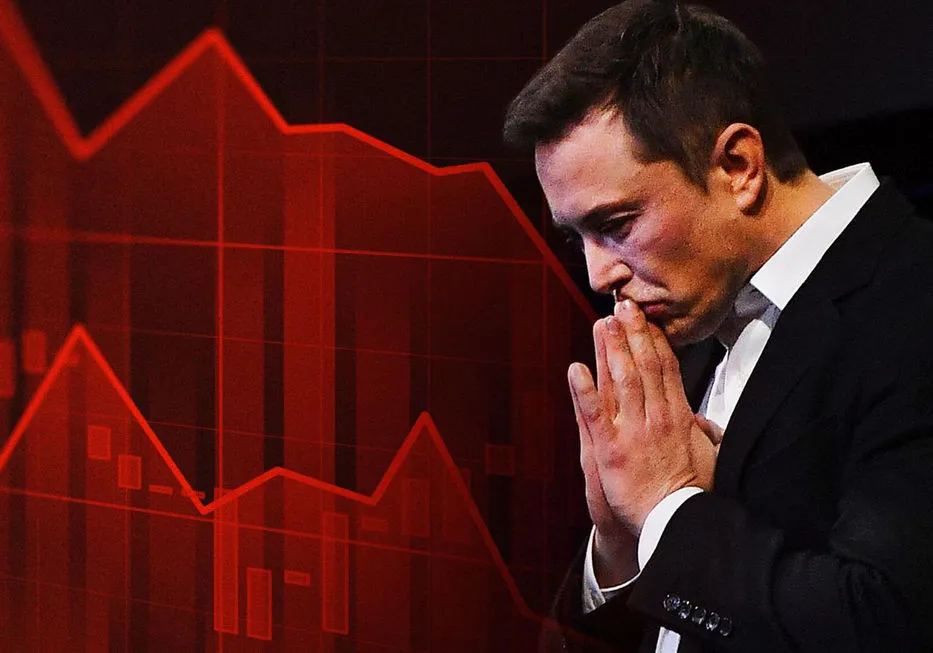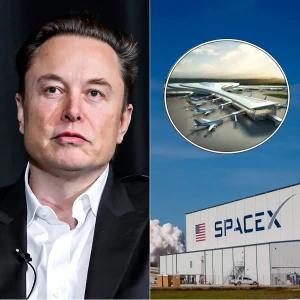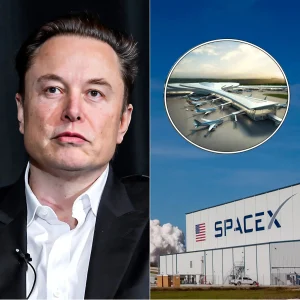Social Network “X” Changes Hands: Elon Musk Says He Was Forced to Sell to AI Company Due to Unexpected Reasons 
In a surprising turn of events, the social media platform “X,” formerly known as Twitter, has undergone a significant ownership change. On March 28, 2025, billionaire entrepreneur Elon Musk announced that his artificial intelligence company, xAI, had acquired X in an all-stock transaction valuing the social media giant at $33 billion, with xAI itself valued at $80 billion. This move marks a dramatic shift for the platform, which Musk originally purchased in 2022 for $44 billion, only to see its fortunes fluctuate wildly in the intervening years. According to Musk, the decision to sell X to his own AI venture was not part of a grand long-term plan but rather a necessity driven by a series of unexpected challenges that left him with little choice.
The journey of X under Musk’s leadership has been anything but smooth. When he acquired Twitter in 2022, Musk envisioned transforming it into a free-speech haven and a hub for real-time global conversation. He rebranded it as X, signaling ambitions to expand its scope beyond traditional social media into a broader “everything app.” However, the platform quickly encountered turbulence. Advertisers fled in droves, spooked by a surge in controversial content and Musk’s hands-off approach to moderation. Revenue plummeted, and the company’s valuation took a nosedive, with some estimates last year placing it as low as $12 billion. Meanwhile, Musk faced mounting pressure from lenders who had financed the original $44 billion purchase with $13 billion in loans, a burden that loomed large over X’s financial stability. 
Adding to the complexity, Musk’s other ventures, including Tesla and SpaceX, demanded significant attention, leaving X to navigate its struggles with limited oversight. The platform suffered multiple outages, including a notable cyberattack earlier this month that Musk attributed to a coordinated effort by a “large group or country.” These technical setbacks, coupled with a declining user experience—evidenced by glitches and reduced functionality—further eroded confidence in X’s future as a standalone entity. By early 2025, however, the platform showed signs of recovery, with advertising revenue projected to rise to $1.31 billion in the United States alone, buoyed in part by Musk’s political influence and the return of some wary marketers. Yet, despite this rebound, the sale to xAI suggests deeper issues forced Musk’s hand.
Musk has hinted that the acquisition by xAI was less a strategic masterstroke and more a reaction to unforeseen circumstances. In a post on X, he described the deal as a way to “combine the data, models, compute, distribution, and talent” of the two entities, unlocking “immense potential” for both. But sources close to the matter suggest a more pragmatic motivation: consolidating X’s flagging value into xAI, a company on an upward trajectory after securing $6 billion in funding last year. This move not only alleviates some of the debt pressure from the original Twitter purchase—$12 billion of which remains—but also aligns X with xAI’s mission to advance AI-driven innovation. The integration of X’s vast real-time data with xAI’s cutting-edge models, including the Grok chatbot already familiar to X users, could indeed revolutionize how AI interacts with global discourse. 
Critics, however, see the sale as a bailout disguised as a merger. They argue that Musk, facing the prospect of X’s continued decline, folded it into xAI to protect his broader business empire and appease investors who stood to lose billions from the social media platform’s struggles. Last year, Musk offered X investors a 25 percent stake in xAI, a move that bolstered the AI firm’s valuation to $45 billion and provided a lifeline to those who had backed the Twitter takeover. Now, with xAI fully absorbing X, that gamble appears to have paid off, at least on paper. The combined entity, valued at $113 billion, positions Musk as a dominant player in both AI and digital communications, though questions linger about the financial and regulatory implications of such a consolidation.
For X users, the immediate impact remains unclear. The platform has already been a testing ground for xAI’s technologies, with Grok assisting premium subscribers and drawing on X posts to refine its responses. Musk has promised “smarter, more meaningful experiences” as a result of the merger, but whether this translates to tangible improvements—or further disruption—is anyone’s guess. The sale also raises broader concerns about Musk’s growing influence over information flow, especially given his close ties to U.S. President Donald Trump and his vocal political stances.
Ultimately, the sale of X to xAI reflects a confluence of unexpected pressures: financial strain, operational challenges, and the relentless pace of Musk’s ambitions. What began as a bold experiment in social media ownership has morphed into a survival strategy, intertwining the fates of two companies under one enigmatic leader. As the dust settles, the world watches to see whether this forced pivot will cement Musk’s vision—or expose the limits of his empire-building.

 Elon Musk Planeja Construir um Aeroporto Privado Perto de Austin: A Verdadeira Razão Que Faz Todos Admirarem o Bilionário Americano…
Elon Musk Planeja Construir um Aeroporto Privado Perto de Austin: A Verdadeira Razão Que Faz Todos Admirarem o Bilionário Americano…


 Khloé Confronts Kylie Jenner Over Tristan Thompson and Jordyn Woods Scandal!
Khloé Confronts Kylie Jenner Over Tristan Thompson and Jordyn Woods Scandal!
